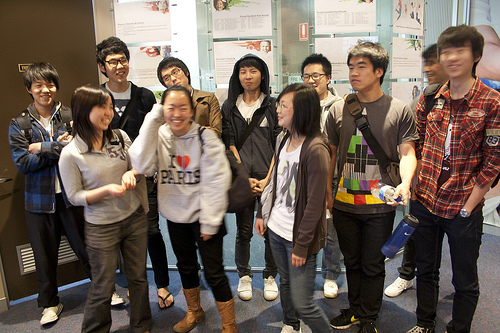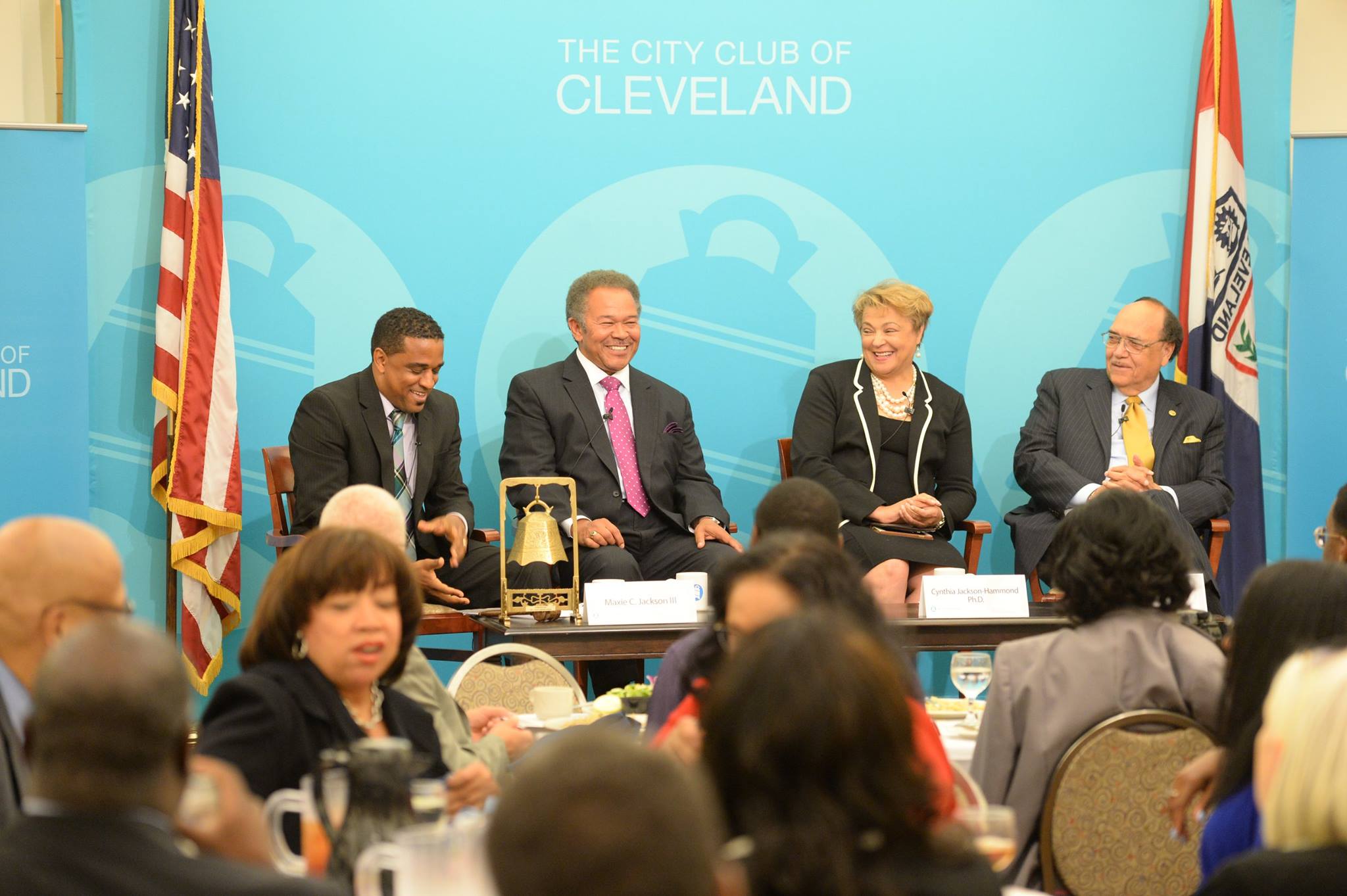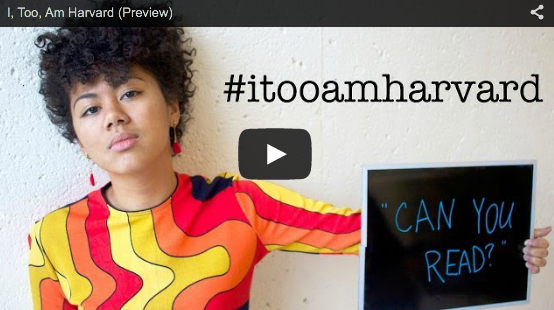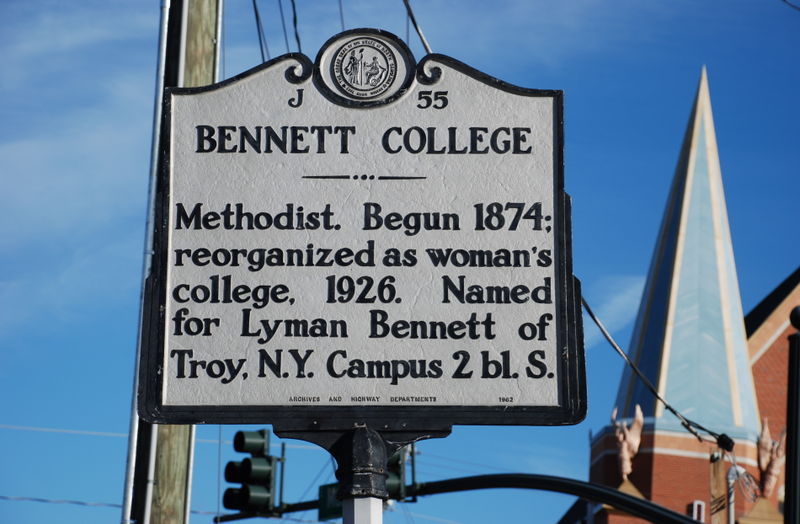This August 14, the graduate program at Case Western Reserve University for a Masters of Finance will welcome 60 new students, culled from more than 1,000 applicants. This entering class will be 95 percent Chinese, all international students eager to learn about securities and capital markets that are newly applicable in their homeland.
This dramatic demographic shift has its echo in American undergraduate ranks. U.S. colleges and universities are enrolling a surge of new students from China, tripling in the last three years, according to data from the Institute of International Education. The first-year class at Case will include 135-150 new international students, the largest cohort in the Cleveland university’s history. The vast majority will be from China.
These students—more than 100,000 in California alone—contributed $21 billion to the U.S. economy in 2011-12, but the fit is tricky and the trend is stirring debate, said Nancy Abelmann, a professor of Asian-American studies and a vice chancellor for research at the University of Illinois at Urbana-Champaign.
“In the midst of this national debate, not lost is the fact that international students are cash cows,” she said July 9 during a webinar for college admissions staff entitled “Today’s Chinese Students.”
Typically, international students pay full freight and are ineligible for U.S. government aid. “We’re in something akin to the gold rush, a frontier-style environment where college and universities, like prospectors in the 1800s, realize that there is gold out there,” said David Hawkins, the director of public policy at the National Association for College Admissions and Counseling, in an interview with the New York Times.
The webinar, sponsored by NAFSA: Association of International Educators, picked Abelmann as keynoter to give preliminary findings from her anthropological study of some 200-250 students on her own campus. “Changing demographics is really changing the meaning of diversity on campus,” she said. “And the rise of international students coincides with a dip in under-represented domestic minorities.” International students now outnumber American minorities on her campus, she said, and the pattern is spreading across North America.
Faculty can be particularly baffled by this shift. Abelmann said colleagues often ask, “Who made this decision? Who is in charge? And what are we doing about it?”
Language barriers can erode a professor’s confidence and a student’s participation in class. This disconnect can bleed into the social realm. Many U.S. campuses have a club for Chinese-American students speaking English and another for Chinese international students speaking Mandarin.
Another challenge is falsified documents. Zinch China, a consulting company that advises U.S. college administrators about China, published a 2010 report based on interviews with 250 Beijing high school students bound for America. The study concluded that 90 percent of Chinese applicants submitted false recommendations, 70 percent hired others to write their personal essays, and half used forged high school transcripts.
Such findings require context and discernment: one webinar panel addressed “Evaluating Chinese credentials.” For generations, Abelmann said, the United States has attracted “a population of students who went to upper-tier Chinese universities and come here to graduate school. They are very, very different from the fee-paying undergraduate population, which is a wealthier population with different intellectual preparation. Adjusting to this very different new group of undergraduates has been a challenge.”
Abelmann and her colleagues call this new group “indifferent globalizers,” who don’t seek out America’s multi-cultural waters. “Indifferent globalizers have an aversion to building multi-cultural social lives,” she said. “They like the comfort of exclusivity and don’t see why they should apologize.”
Like many in the world, Chinese students perceive Asian economies as creating the best opportunities, and many plan to make their careers at home. “It may be that one reason the students are not so oriented to older models of integration here is that many students don’t intend to stay,” said Adrienne Lo, an anthropology professor and colleague of Abelmann’s at the University of Illinois.
Two days after the women addressed the webinar participants, University of Delaware undergraduate Jianwe Ke described his U.S. collegiate life. He said he traveled to Newark because he wanted applied knowledge in electrical engineering, not more of the theoretical emphasis he had at home. “And,” he added, “in the U.S., there are not so many obstacles between you and your dream.”
Liya Huang is majoring in hospitality management at the College of the Desert in Riverside, Calif., “Before I came here,” she said, “I had no idea of U.S. colleges. I thought it would be similar; I found it was totally different. Chinese universities give you the schedule. You don’t pick the classes you want.”
Abelmann stressed there is much variability among students, and across campuses. The University of California-Irvine serves fifth generation Chinese-American students, and American schools of engineering are often ahead of other departments in retaining and serving students from abroad.
Both Ke and Huang spoke poignantly about making American friends, although not as easily or as deeply as they would like. Huang said orientation at her campus was a wonderful icebreaker full of practical, useful advice. Ke said he joined no clubs, but had found a friend is his lab partner.
“I interested him in Chinese food and he interested me in African-American food,” Ke said. “I have been to his house several times. In the U.S. – how to say? – it gives you many cultures. I can have a beautiful adventure.”



